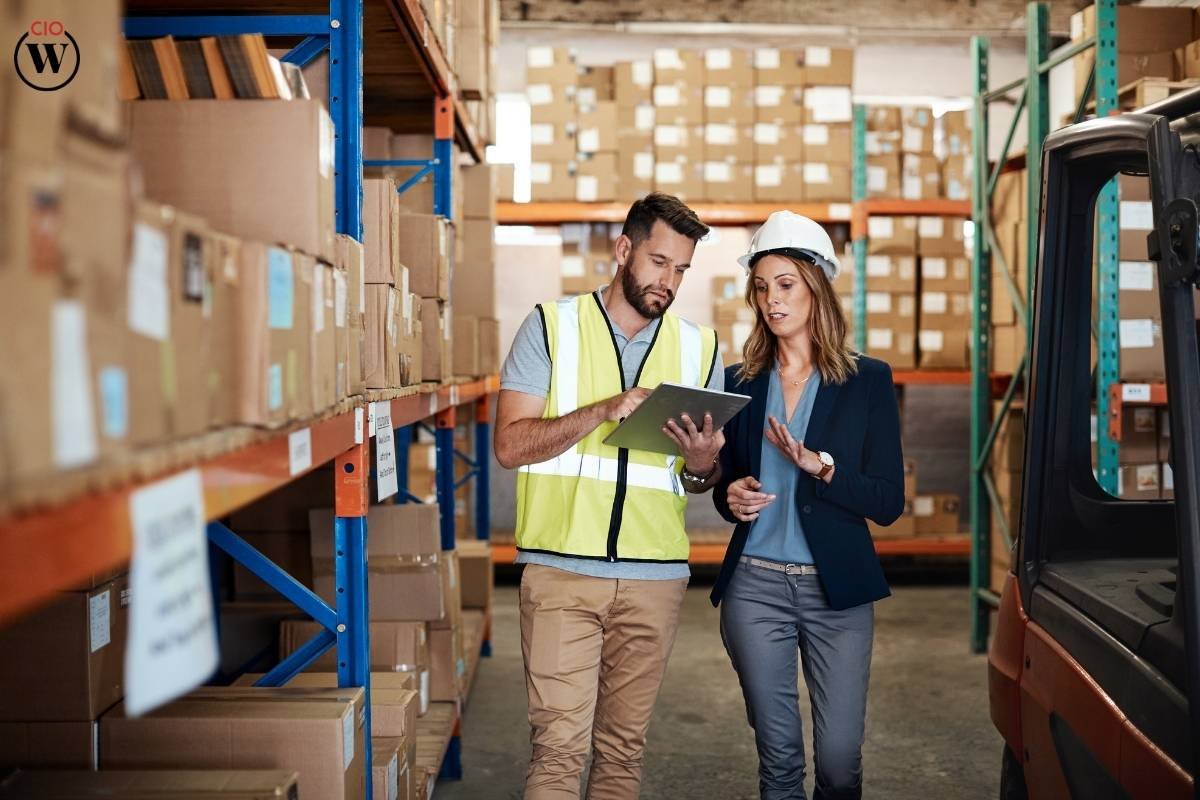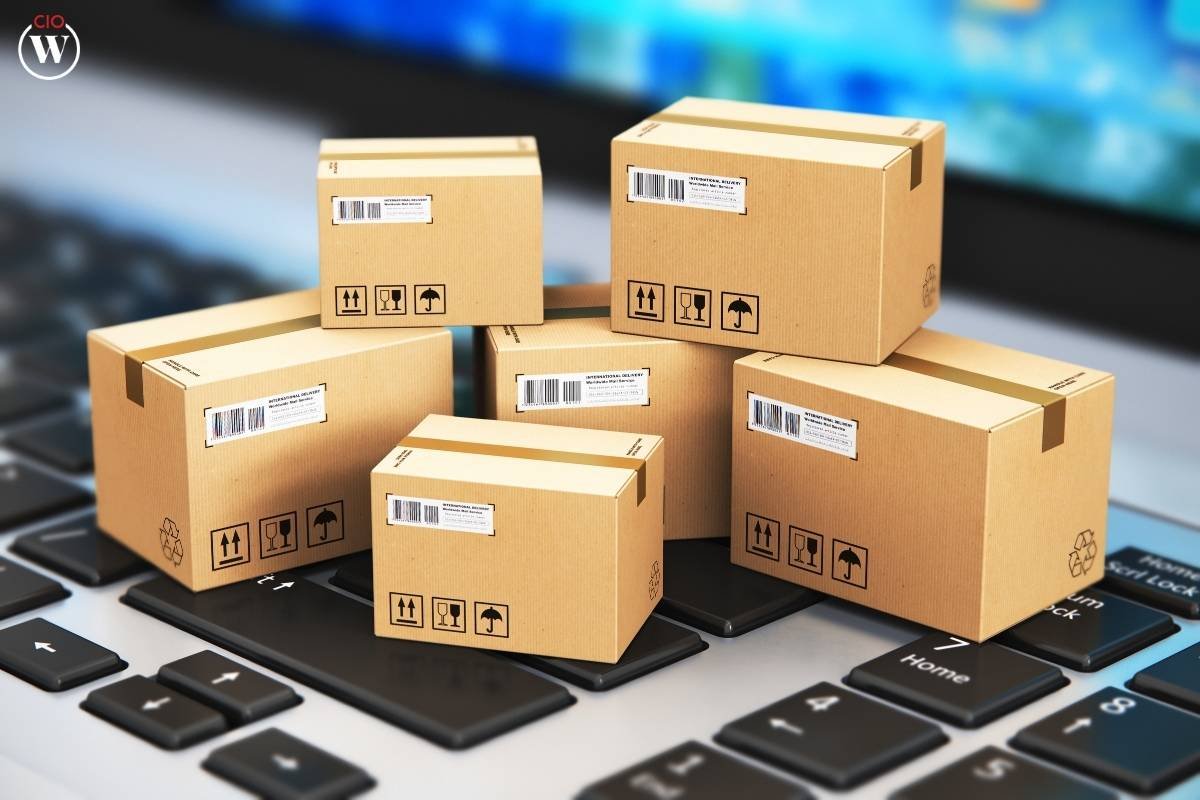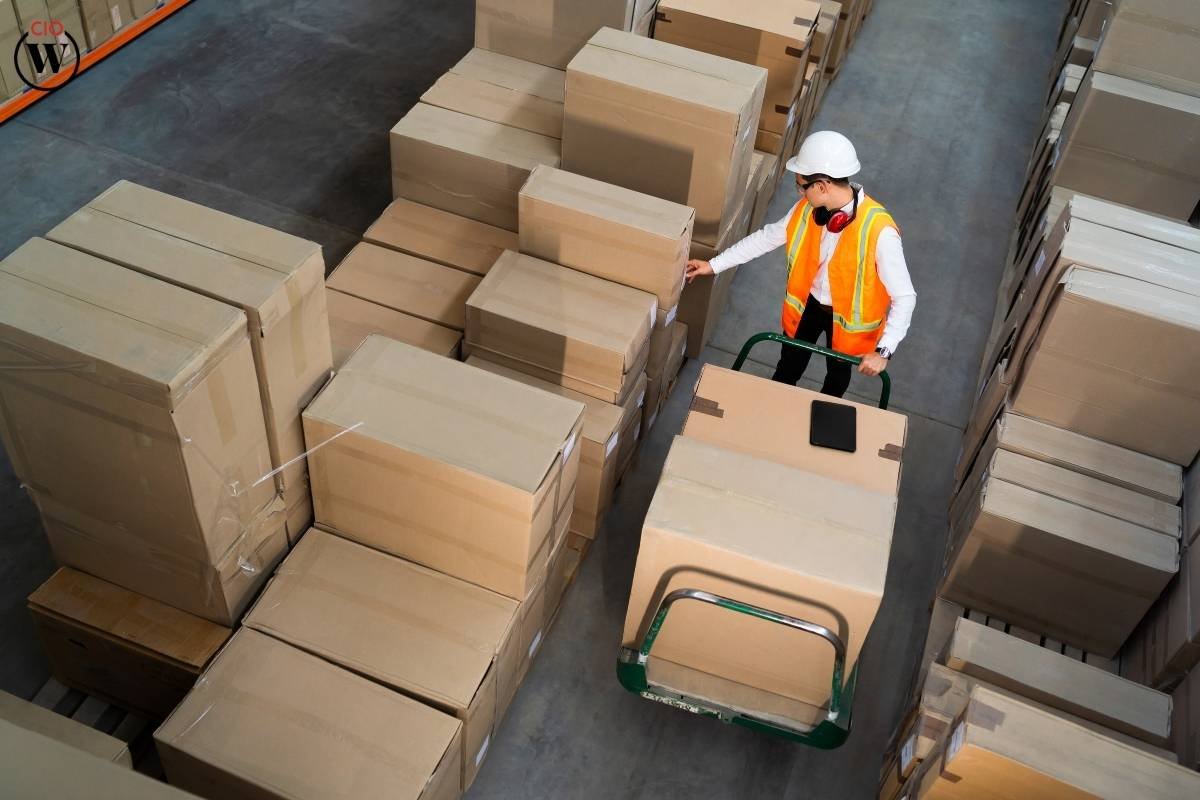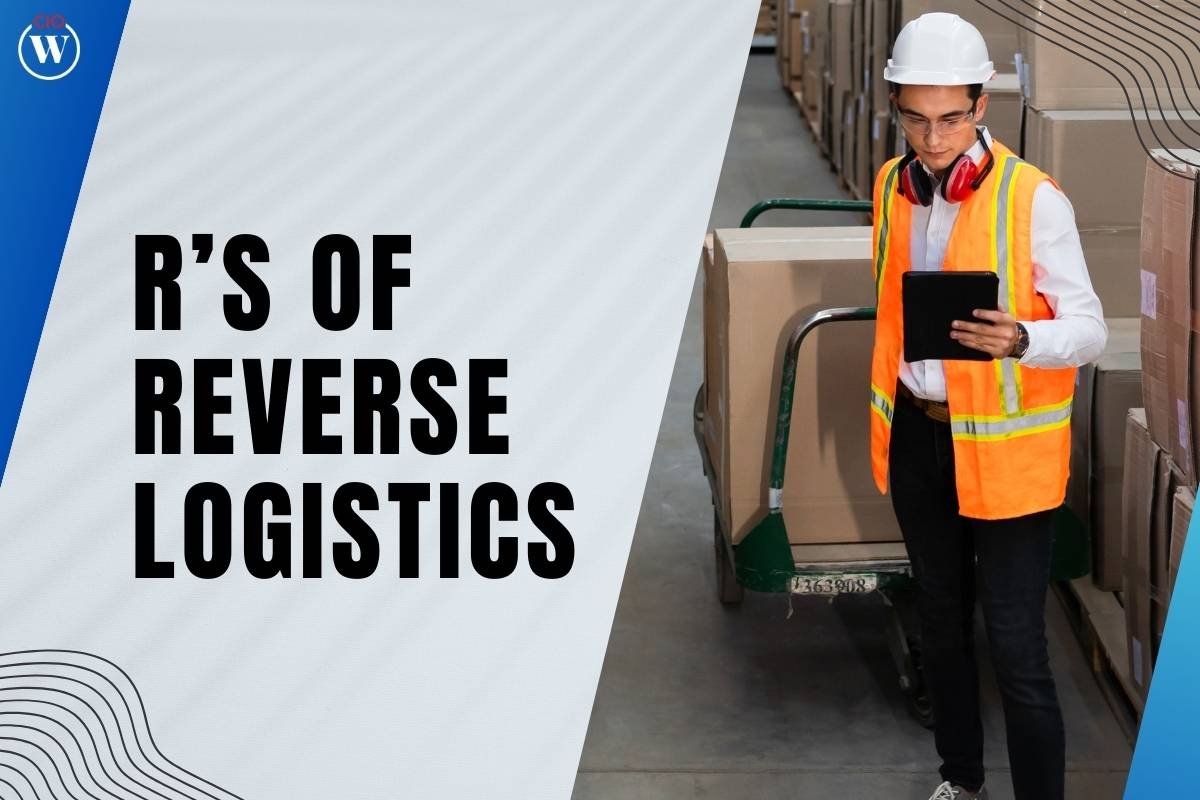In the dynamic landscape of modern commerce, businesses are increasingly recognizing the importance of not only delivering products efficiently but also managing their returns effectively. This paradigm shift has led to the emergence of reverse logistics as a crucial aspect of supply chain management. At the heart of this approach lie the 5 R’s of reverse logistics – Return, Recall, Repair, Refurbish, and Reduce. Understanding and implementing these principles can not only streamline operations but also contribute to sustainability efforts. Let’s delve deeper into each of these 5 R’s of reverse logistics and explore how they shape the landscape of reverse logistics.
Let’s delve deeper into each of these 5 R’s of reverse logistics:
1. Return

The first R, Return, forms the foundation of reverse logistics. In a consumer-centric market, returns are inevitable due to various reasons such as product dissatisfaction, damage during transit, or incorrect shipments. Efficient handling of returns is critical to maintaining customer satisfaction and brand reputation. By establishing clear return policies, providing hassle-free return processes, and implementing effective tracking systems, businesses can streamline the return process and minimize associated costs. Moreover, adopting innovative solutions like reverse logistics software can facilitate real-time visibility into return shipments, enabling swift resolution and enhancing customer experience.
2. Recall
The second R, Recall, pertains to the retrieval of products from the market due to safety concerns, quality issues, or regulatory compliance. Product recalls can have severe repercussions on brand image and consumer trust if not handled promptly and effectively. Hence, proactive monitoring of product performance, early detection of potential risks, and swift execution of recall procedures are paramount. By leveraging advanced analytics and monitoring systems, businesses can identify patterns or anomalies indicative of product defects or safety hazards, enabling timely intervention. Additionally, effective communication channels with stakeholders and collaboration with regulatory bodies can ensure swift and transparent recall processes, mitigating risks and safeguarding brand reputation.
3. Repair

The third R, Repair, focuses on the refurbishment and restoration of returned or defective products to their original condition. Instead of discarding or disposing of such items, businesses can adopt a repair-centric approach to minimize waste and maximize value recovery. Implementing robust repair and refurbishment processes not only reduces the environmental footprint but also presents opportunities for cost savings and revenue generation. Collaborating with certified repair centers, leveraging advanced diagnostics and repair technologies, and offering warranty or maintenance services can enhance product longevity and customer satisfaction. Moreover, embracing circular economy principles by reusing components or materials can further optimize resource utilization and foster sustainability.
4. Refurbish
The fourth R, Refurbish, extends beyond mere repair to encompass the enhancement and upgrading of returned or obsolete products. By refurbishing products to meet current market demands or technological standards, businesses can unlock additional value and extend their lifecycle. This strategic approach not only reduces waste but also taps into new revenue streams and market opportunities. Leveraging reverse engineering techniques, upgrading product features or functionalities, and rebranding or repackaging can rejuvenate products and align them with evolving consumer preferences. Furthermore, offering certified refurbished products at competitive prices can appeal to budget-conscious consumers while promoting sustainability initiatives.
5. Reduce

The fifth R, Reduce, embodies the overarching goal of minimizing waste and optimizing resource utilization throughout the reverse logistics process. By adopting a proactive approach to waste reduction and resource conservation, businesses can mitigate environmental impact and drive long-term sustainability. Implementing lean practices, optimizing packaging designs, and rationalizing product portfolios can minimize material consumption and streamline operations. Moreover, fostering collaboration with suppliers and partners to reduce excess inventory, implement take-back programs, or explore remanufacturing opportunities can further enhance resource efficiency and circularity. Embracing innovative technologies such as 3D printing or blockchain can also revolutionize reverse logistics by enabling on-demand production, traceability, and transparency.
Conclusion
In conclusion, the 5 R’s of reverse logistics embody a strategic approach to sustainable business practices in today’s dynamic marketplace. By prioritizing Return, Recall, Repair, Refurbish, and Reduce, businesses can optimize their supply chain operations, enhance customer satisfaction, and contribute to environmental stewardship. Embracing these principles not only fosters resilience and agility but also unlocks new opportunities for value creation and competitive advantage. As businesses navigate the complexities of modern commerce, integrating the 5 Rs into their reverse logistics strategy can pave the way for a more sustainable and prosperous future.
The 5 R’s of reverse logistics represent a holistic approach to managing product returns and optimizing resource utilization in the supply chain. By strategically implementing Return, Recall, Repair, Refurbish, and Reduce, businesses can enhance operational efficiency, reduce waste, and foster sustainability. Embracing these principles not only aligns with evolving consumer expectations but also unlocks new opportunities for innovation and value creation. As the landscape of commerce continues to evolve, integrating the 5 Rs into reverse logistics strategies will be paramount for businesses aiming to thrive in a sustainable future.
Also Read: Why You Should Collaborate and Create Strategic Partnership for Your Business Blog?









